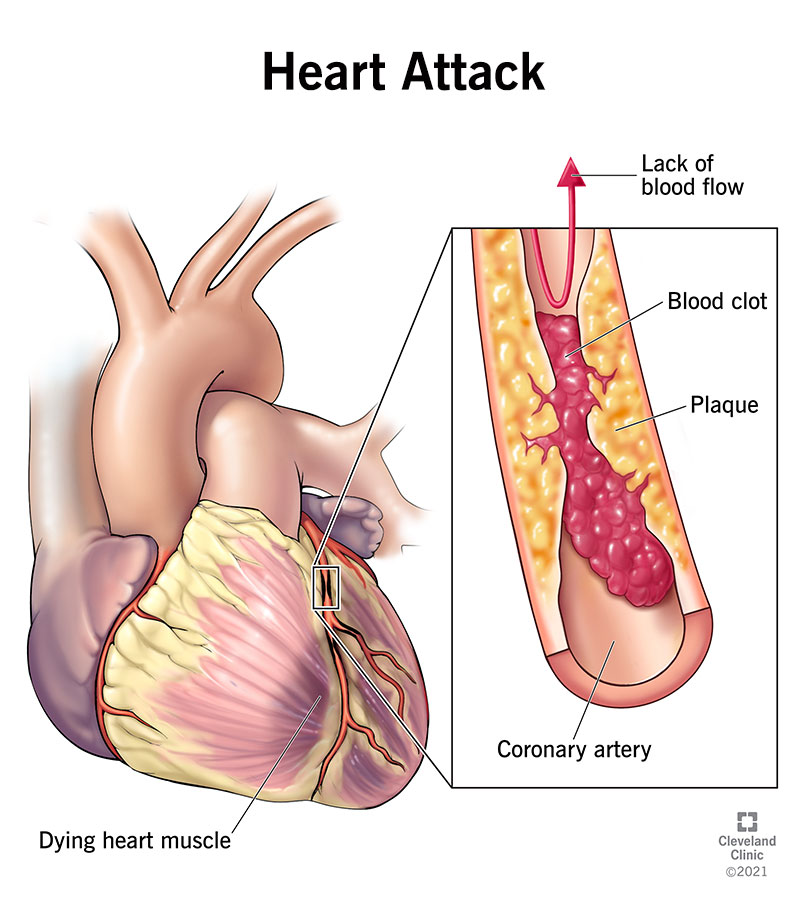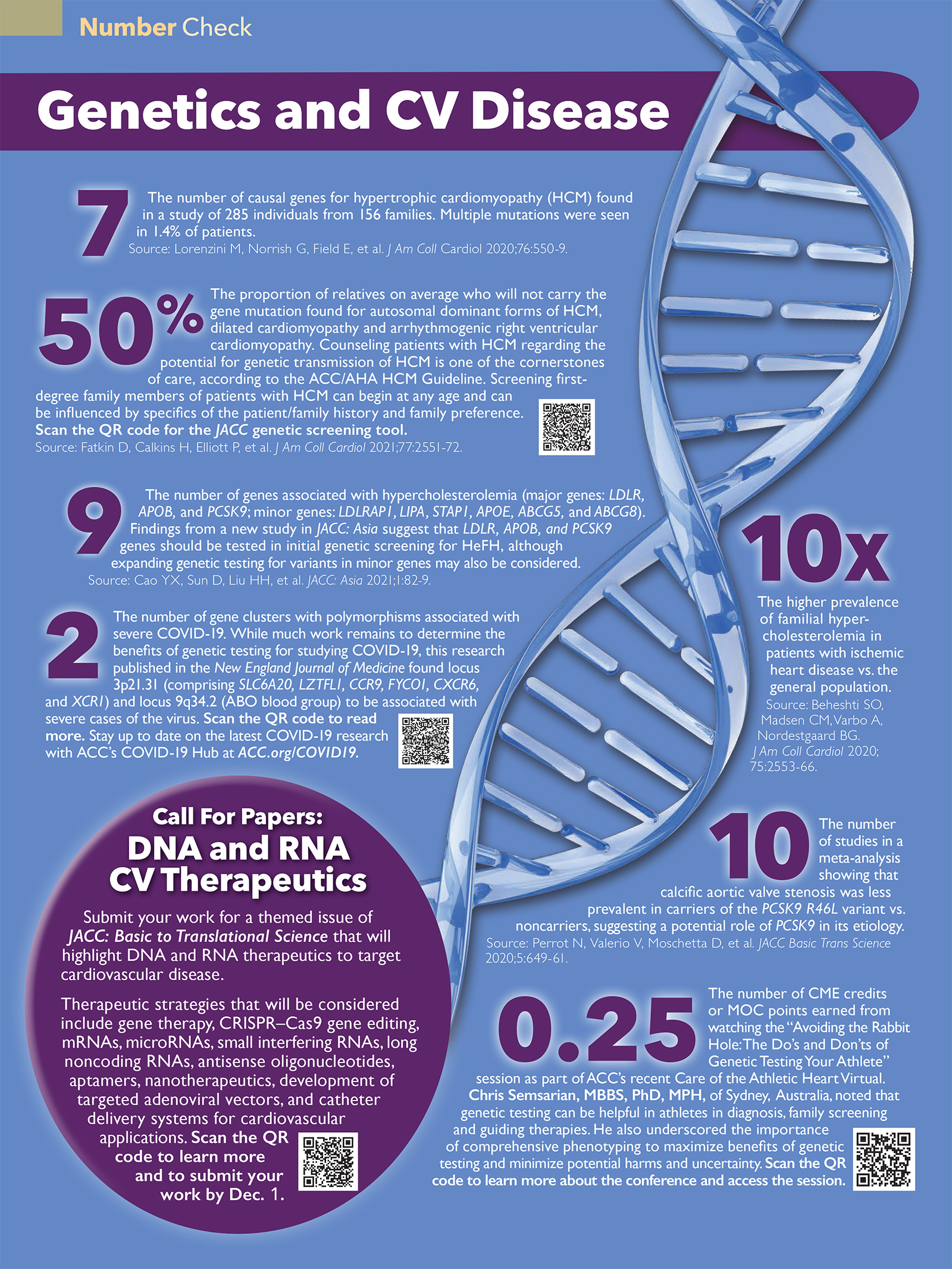Recommendation Tips About How To Check For Heart Disease

Ad replacing an aortic valve?
How to check for heart disease. The warning signs of heart disease may not be obvious. An electrocardiogram (ekg) is a short test that monitors the electrical activity in your heart. Coronary artery disease is caused by plaque buildup in the walls of the arteries that supply blood to the heart.
Certain symptoms, such as chest pain, ankle swelling, and shortness of. Order a free info kit with brochure and questions to ask your doctor. This common test allows your physician to see how your heart is beating and how blood is moving.
Assess risk factors to help evaluate your risk of developing coronary heart disease check blood pressure readings to see. Take control of your vascular health. Many different tests are used to diagnose heart disease.
There are different methods to assess heart disease risk factors. Your doctor may order a heart scan to get a better understanding of your risk of heart disease or if your treatment plan is uncertain. Your health care provider will examine you and ask about your personal and family medical history.
An ecg can detect enlarged chambers of your heart, heart disease and abnormal heart rhythms. When you begin feeling your pulse/heart beat, notice whether. Tests may be done to confirm an irregular heartbeat and look for conditions that can cause arrhythmias, such as heart disease or thyroid disease.
You can also monitor yourself for. Calcium deposits can narrow the arteries. Uses sound waves to produce images of your heart.
/how-a-heart-attack-is-diagnosed-4685099_final-f933f84c1fb14203a7098742d70e011c.png)

/heart-disease-diagnosis-5ad8bad1ae9ab800381379e3.png)



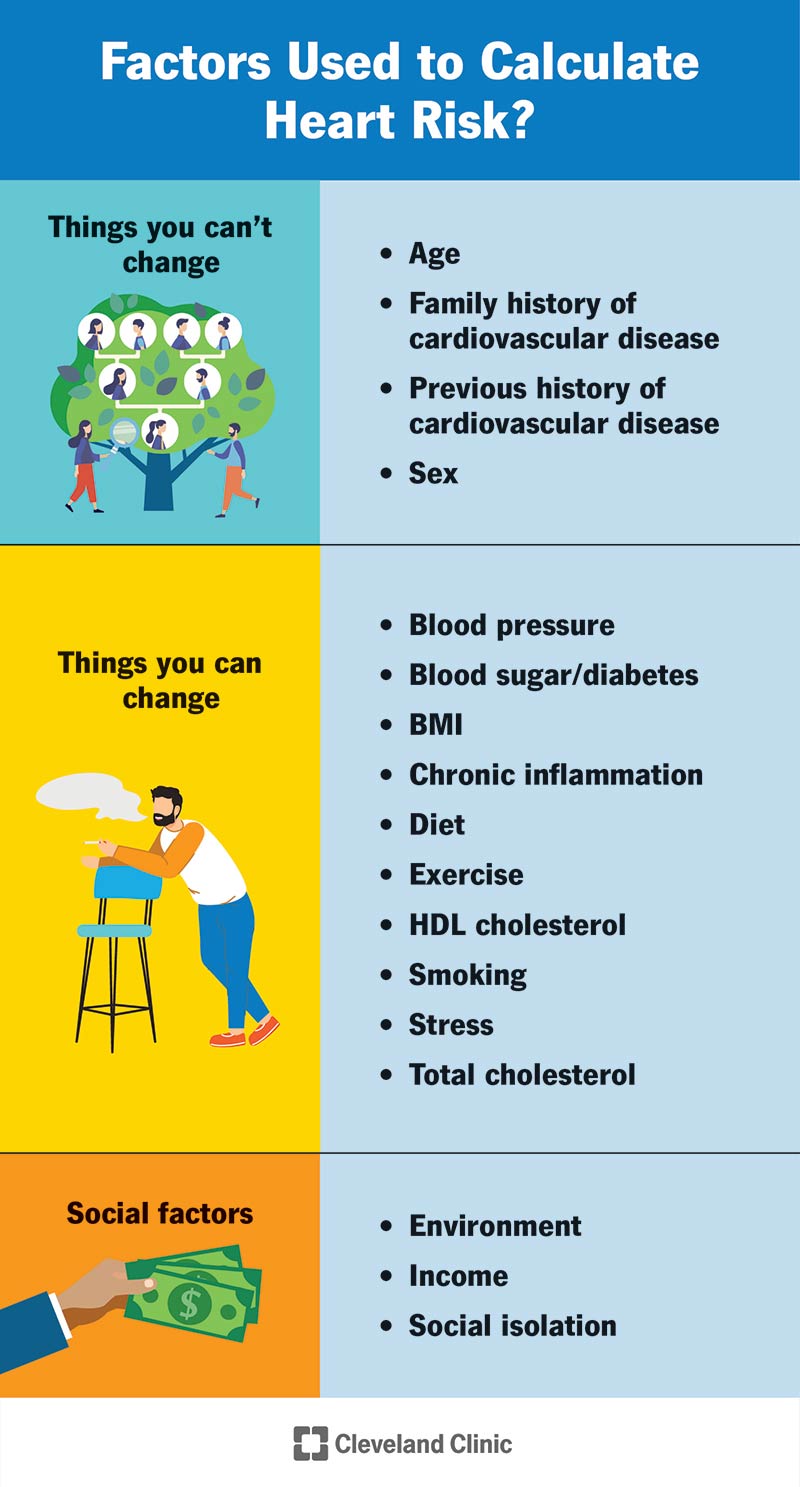
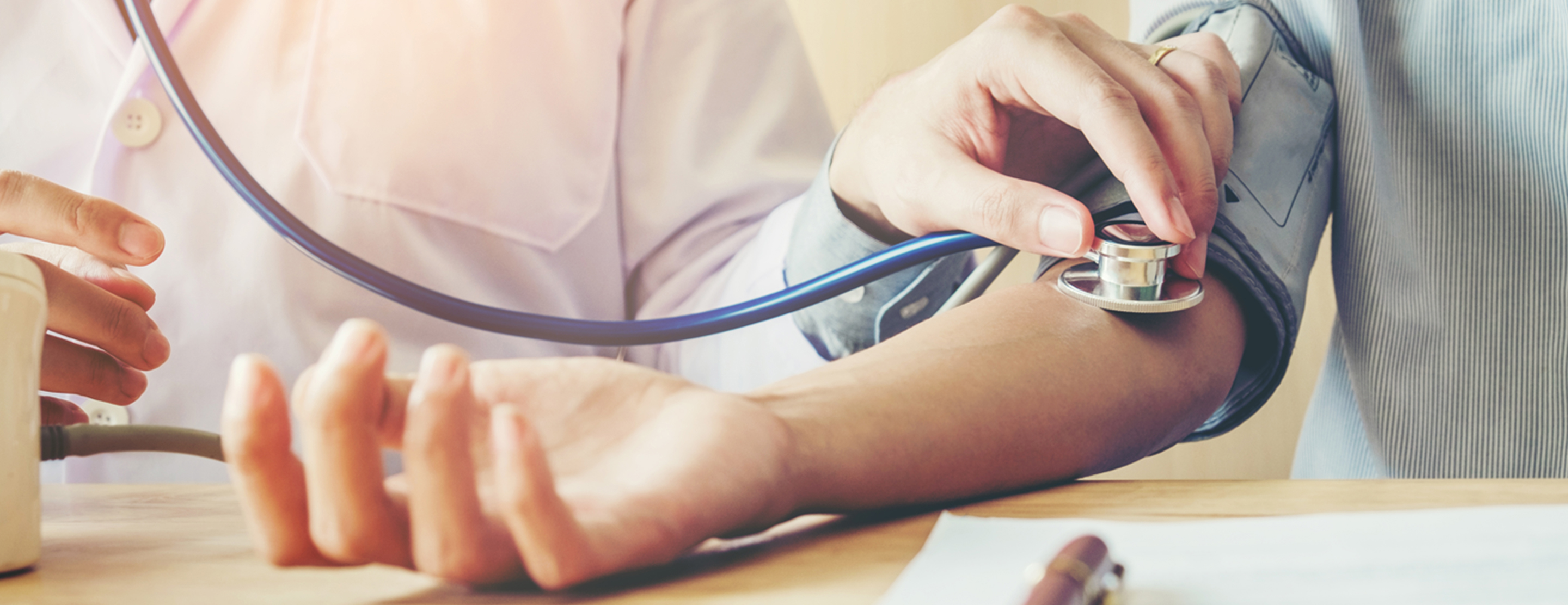

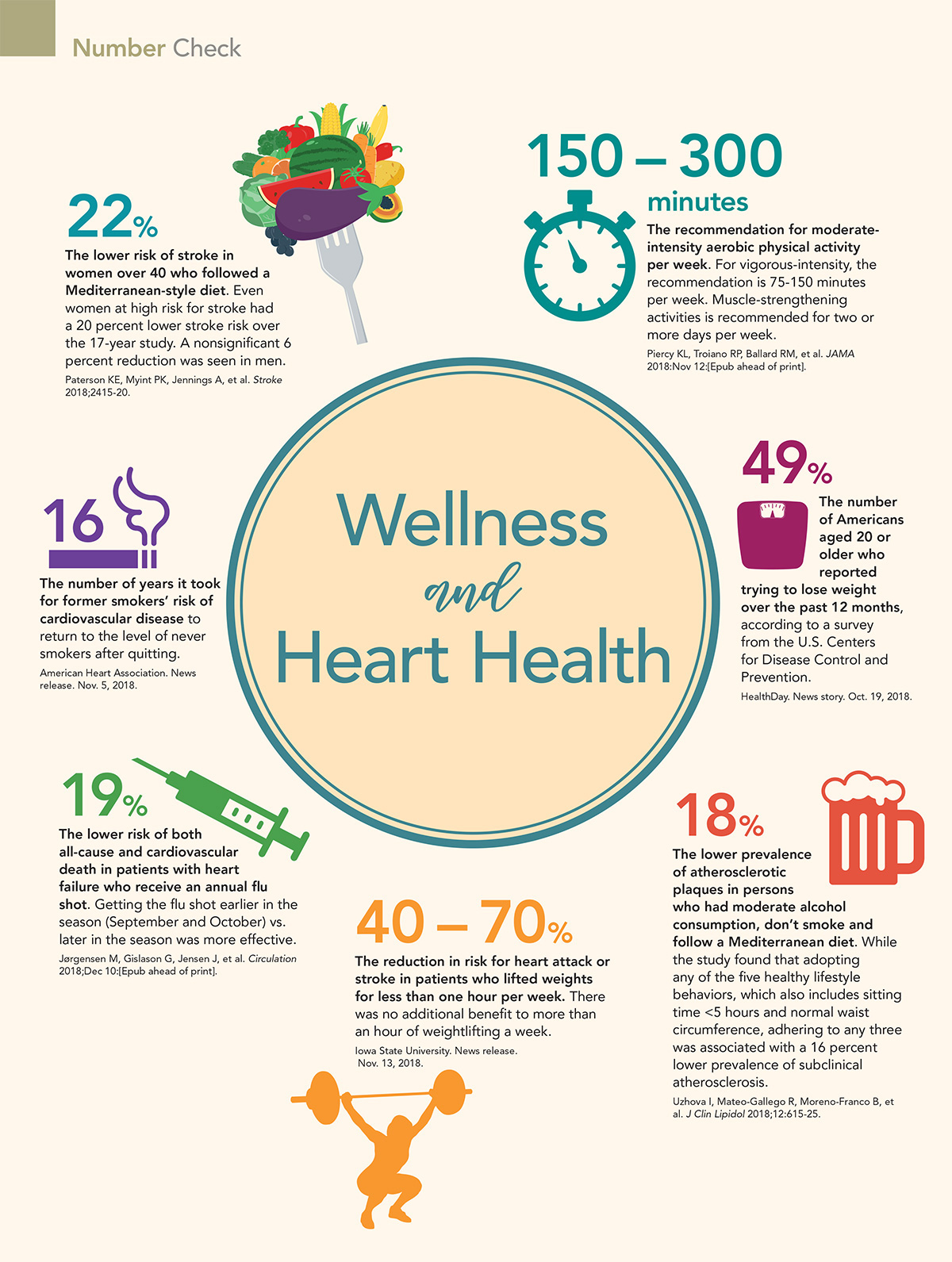
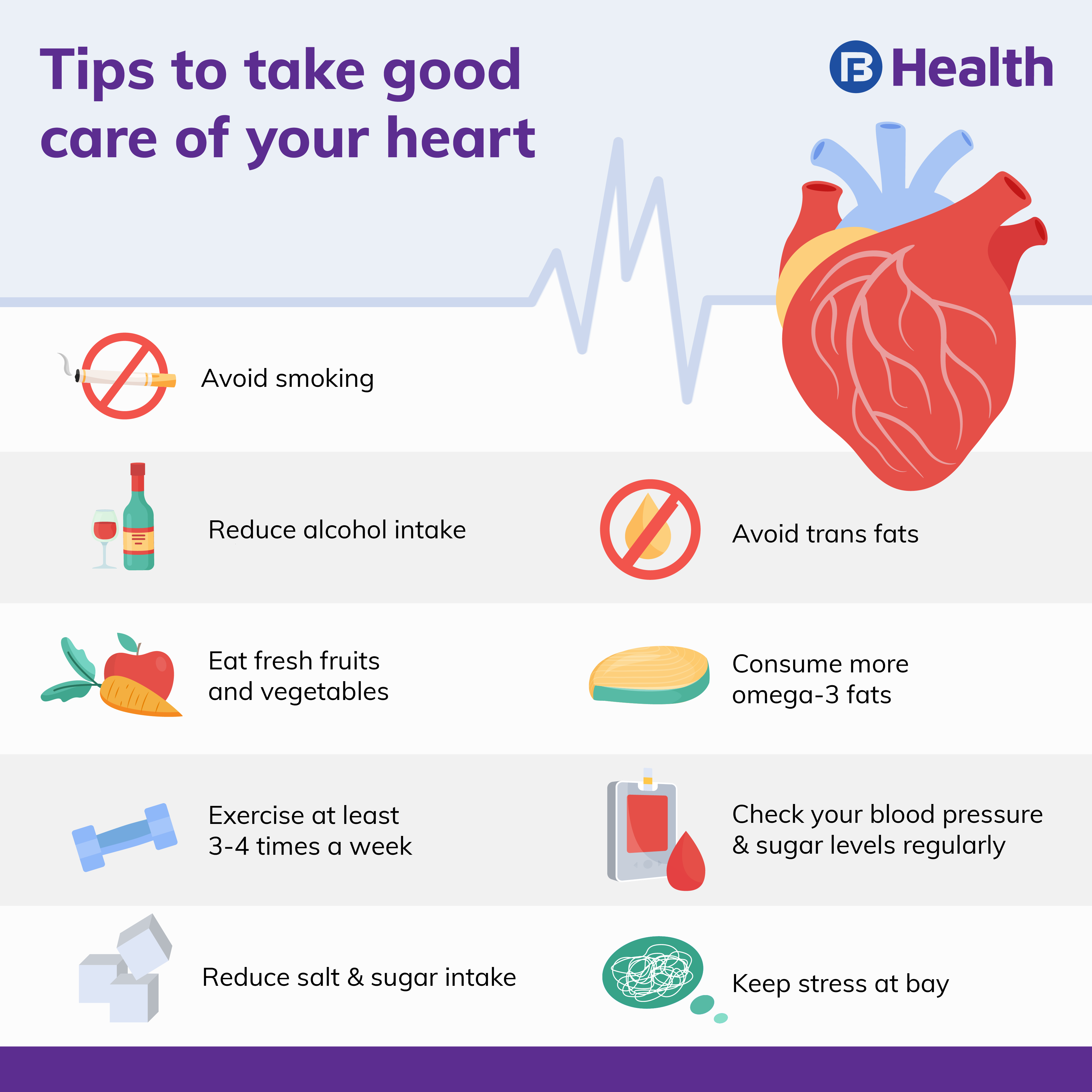

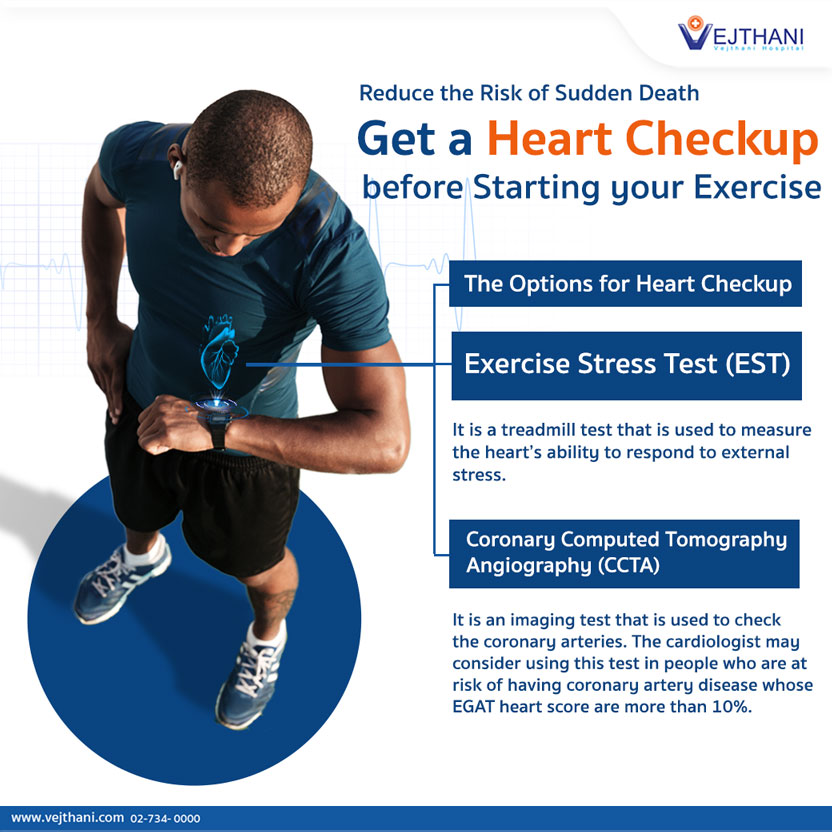
/overview-of-heart-disease-4160961_final-152f46073f2242999b771e409973825b.png)
